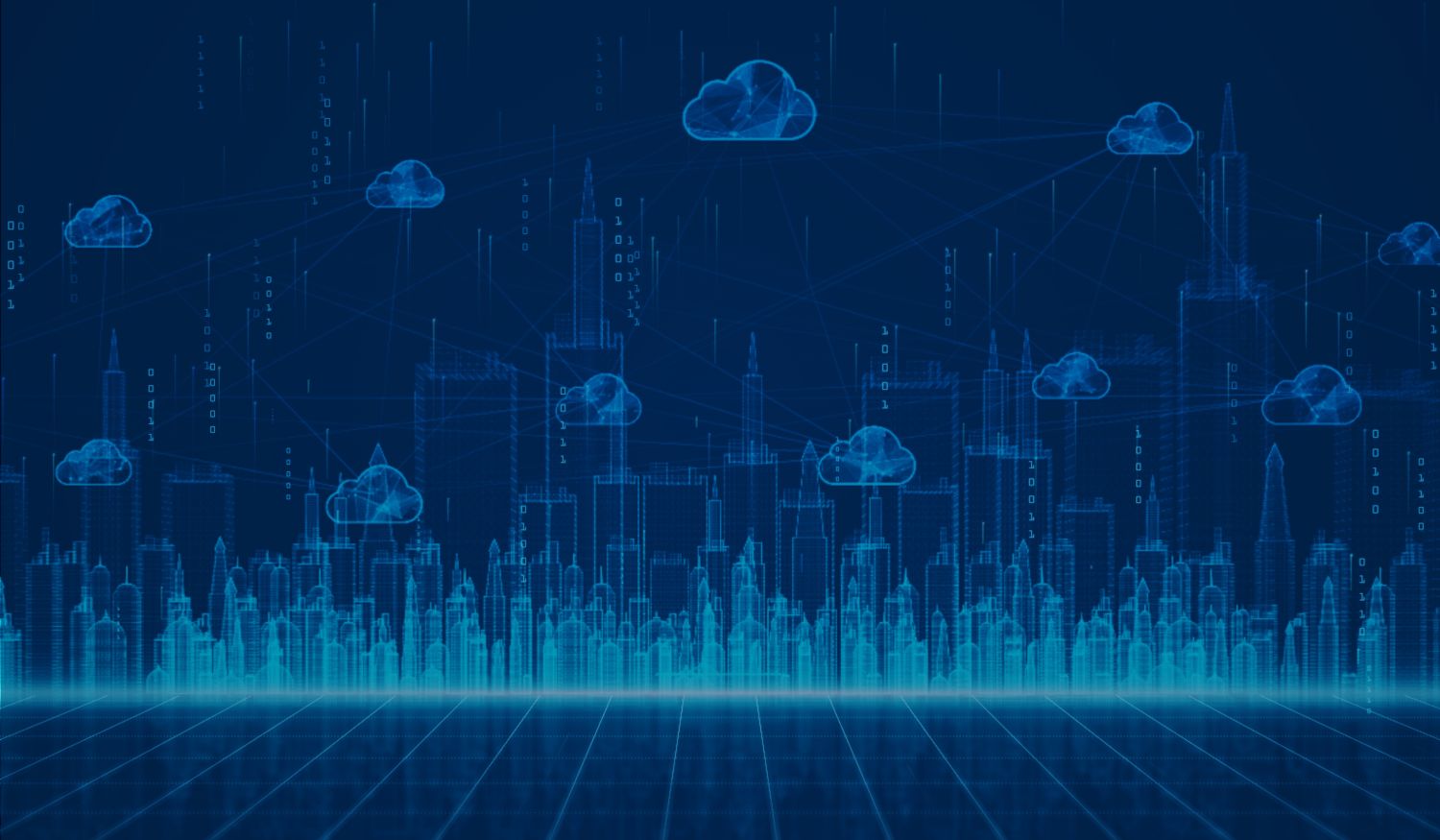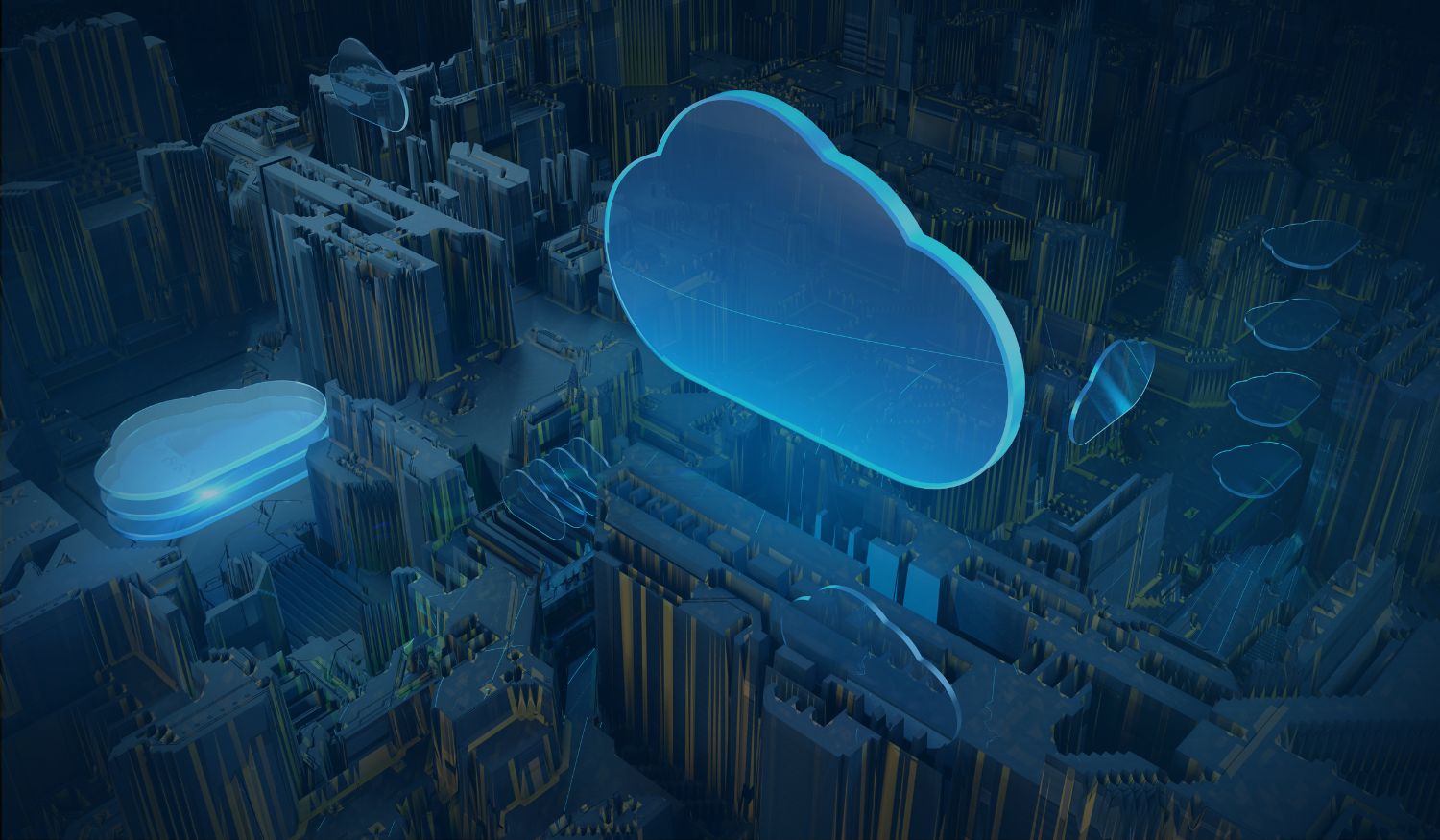Managing the External Attack Surface: A Critical Cybersecurity Priority
The external attack surface includes everything that can be accessed without needing credentials. This might include web applications, cloud infrastructure, IP addresses, forgotten domains, or servers that were never properly taken offline.
Unlike internal systems that are usually documented and monitored, these internet-facing assets often change without warning. New cloud instances can appear at any time. Developers may bypass standard procedures to solve problems quickly. Mergers and acquisitions introduce unknown infrastructure that may not be cataloged.
These conditions make it easier for attackers to find weaknesses. Using public tools and data, they often discover digital assets that even internal teams are unaware of. Many attackers are patient and organized. They take time to scan and catalog what they find. This gives them an advantage over defenders who may not be tracking changes closely.
When companies acquire other businesses, the digital assets they inherit may include neglected systems. These systems, often outdated or insecure, remain online without anyone responsible for monitoring them. This creates easy access points for cybercriminals.
Employees also contribute to the problem. A cloud tool set up for a one-off project can remain exposed long after its purpose ends. If the security team does not know it exists, it is unlikely to be protected.
Working with third-party vendors introduces similar risks. Any weakness in a connected partner can offer attackers a way in. Some of the most damaging breaches in recent years began with vulnerabilities in a supplier's system.
Why External Attack Surface Management Now Commands Attention
To reduce risk, many organizations are investing in tools that help identify and monitor what is visible from the outside. These tools fall under the category of External Attack Surface Management, often shortened to EASM. Their role is to provide ongoing visibility into any asset or service that an attacker could find.
External Attack Surface Management
External Attack Surface Management (EASM) is the discipline that aims to identify, monitor, and reduce this external exposure. It’s becoming foundational for reducing breach risk, defending brand reputation, and proving governance to boards and regulators.
Many of these platforms rely on lists provided by the internal team based on what they think is online rather than take the attacker’s view. If an organization is unaware of an asset, then that asset is unprotected.
After discovery, the focus shifts to assessment. Which assets are vulnerable? Which ones are likely to be targeted next? This context is what transforms raw data into something that helps security teams respond.
Not all exposed assets carry equal risk. Prioritization helps teams focus on what matters most. By viewing assets through the lens of an attacker, organizations can triage threats effectively and allocate resources where they’ll have the biggest impact.
Advanced Visibility
More advanced tools, such as SixMap, do not depend on a preexisting list of known assets. Instead, they begin by building a profile of the organization using a corporate records database. From there, they uncover related systems and services, including those tied to regional offices or acquired companies.
They identify everything that can be seen publicly, including forgotten domains, exposed development environments, and unsecured cloud services.
IPv6
Few platforms are also equipped to scan both IPv4 and IPv6 address ranges. IPv6 presents challenges due to its immense size, but some do exist. Without the right tools, entire sections of the attack surface may remain invisible.
One study showed how much difference a more complete scanning process can make. In a group of major infrastructure firms, scanning only the most common ports revealed 420 open entry points. A full scan that included all 65,535 ports found more than 4,500. This kind of gap leaves plenty of room for attackers to move without being noticed.
How Security Teams Can Keep Their Focus
Security teams are often flooded with data. Many worry that improved visibility just creates longer lists of problems. This concern is valid. That is why modern EASM platforms also help prioritize the findings.
They do this by linking exposures to current attack campaigns, malware activity, or known groups of attackers. The aim is to help defenders understand what is likely to be exploited, not just what is theoretically vulnerable.
For example, if a particular software version is actively being targeted by criminal groups, then systems running that version are flagged for immediate attention. This lets teams act before the issue becomes an incident.
Rather than working through an endless to-do list, defenders can focus on what matters most today.
Why This Cannot Be Delayed
Digital assets exposed to the public internet are an unavoidable part of modern business. New projects, partnerships, acquisitions, and services add to this exposure every day. Without proper monitoring, these entry points often go unnoticed until it is too late.
Managing the external attack surface should be treated as a standard part of security operations. Here are four key points to keep in mind:
- Know what is publicly accessible. If it can be found by anyone online, it needs to be tracked.
- Focus on the threats that are happening now. Some vulnerabilities are more urgent than others.
- Go beyond traditional asset lists. Use discovery tools that cover all ports, protocols, and IP formats.
- Monitor continuously. The environment changes too often for periodic checks to be enough.
Security risks that are not visible are often the ones that cause the most damage. Bringing hidden assets into view is one of the most effective ways to close the gaps that attackers rely on.
Share this
You May Also Like
These Related Stories

The First Step when Implementing Cloud Security: Strategy and Skills

5 Ways to Mitigate the Risk of the Human Firewall as the Weakest Link


